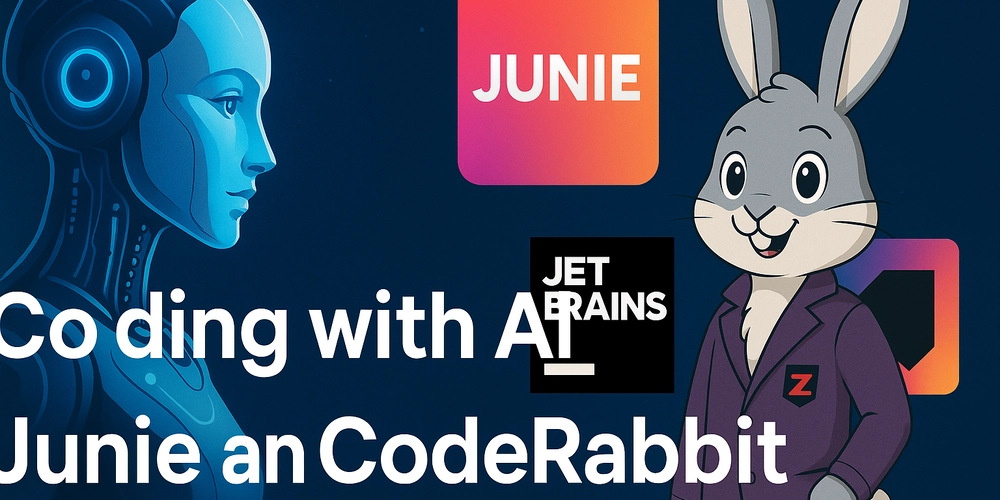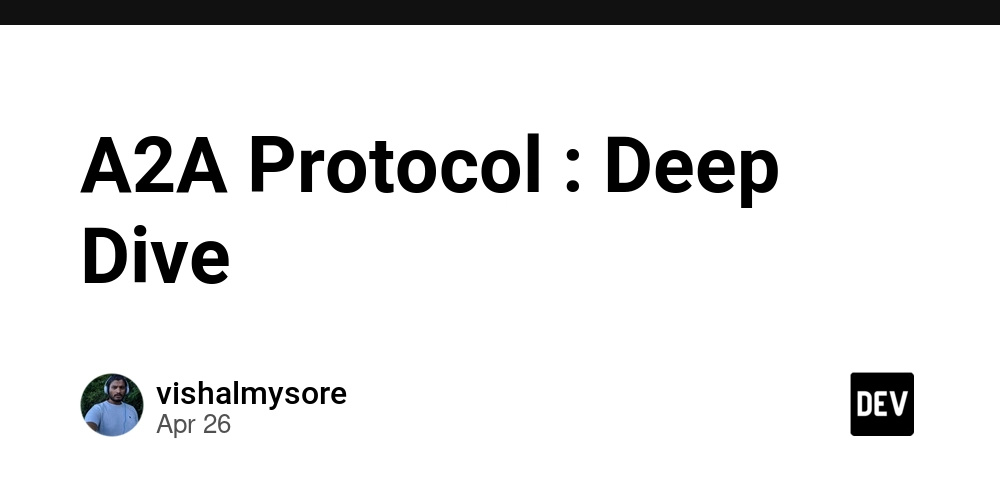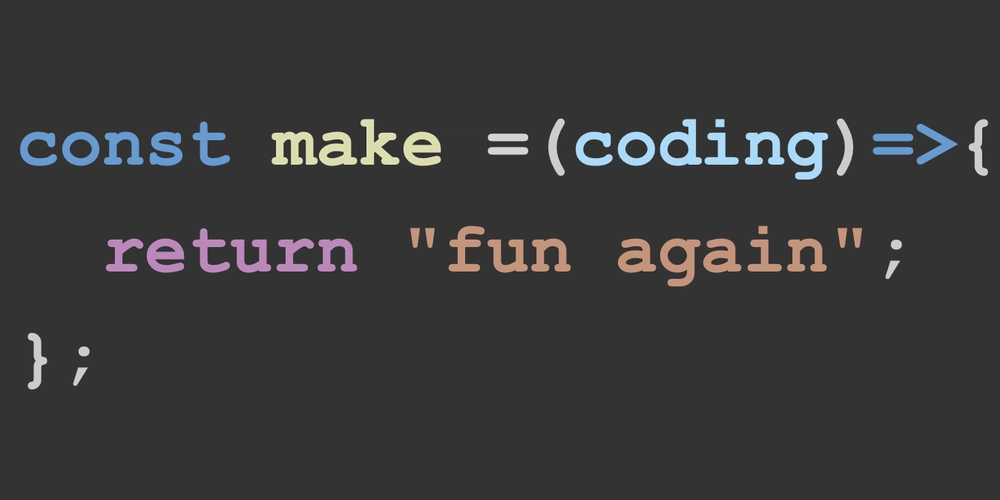
Open Source vs. Closed Source AI: Which Will Dominate Large Language Models?
The AI revolution is here! Large Language Models (LLMs) are rapidly transforming industries, but the question remains: Will open-source or closed-source approaches reign supreme? This isn't just a technical debate; it's a battle for the future of AI development and accessibility. Let's explore the pros, cons, and potential outcomes.
Open-Source LLMs: The Democratization of Artificial Intelligence
Open-source LLMs offer transparency, community-driven development, and incredible customization, making AI accessible to a broader audience.
What's Great About Open-Source LLMs?
- Full Transparency: See exactly how the model works under the hood. No hidden algorithms or mysterious processes.
- Community Power: Benefit from the collective intelligence of countless developers constantly improving the model. Imagine a global hackathon dedicated to refining AI.
- Unlimited Customization: Tailor LLMs to specific needs, whether you need it to generate marketing copy, write code, or even understand a niche language.
- AI Democratization: Smaller companies and individual developers can leverage cutting-edge AI without exorbitant costs. Open-source LLMs level the playing field.
What Are The Drawbacks of Open-Source LLMs?
- Resource Intensive Training: Training requires significant computing power and energy.
- Quality Control Challenges: Maintaining consistent quality with numerous contributors requires robust oversight and testing.
- Decision-Making Bottlenecks: Too many opinions can lead to decision paralysis and slow down development.
Closed-Source LLMs: AI From Corporate Titans
Benefit from cutting-edge tech backed by big resources, stringent quality control, and specialized solutions, but be aware of ethical implications.
What's Great About Closed-Source LLMs?
- Cutting-Edge Technology: Big companies invest heavily, often leading to more advanced models with impressive capabilities and speed.
- Strict Quality Assurance: Dedicated teams ensure high standards, reliability, and consistent performance.
- Customized Solutions: Get LLMs tailored for specific industries or use cases, providing a competitive edge.
- Guaranteed Support: Access reliable support teams to resolve issues quickly and efficiently.
What Are The Drawbacks of Closed-Source LLMs?
- Black Box Nature: Lack of transparency makes it difficult to understand how decisions are made, and potential risks.
- Vendor Lock-In: Switching from one provider to another can be difficult and costly, limiting flexibility.
- Ethical Considerations: Concentrated power raises concerns about potential misuse and bias in AI.
- High Costs: Closed-source solutions can be expensive, especially for smaller players, creating a barrier to entry.
The AI Showdown: Hybrid Future for LLMs
The future likely involves a hybrid approach, with open-source and closed-source solutions coexisting and complementing each other. Explore the different scenarios.
- Scenario 1: Hybrid LLMs. The open-source lays the foundation while companies build proprietary add-ons.
- Scenario 2: Niche Domination. Open-source could dominate research, while closed-source rules specialized industries like finance.
- Scenario 3: Convergence in AI. The line between open and closed source might blur, promoting collaboration and blended models.
Implication for Developers
Skill Up: Get hands-on experience with Large Language Models, whether open or closed source.
Adaptability: Familiarize yourself with both to give yourself a greater range of career options.
Embrace Ethics: Be conscious of ethical implications as Large Language Models continue to gain more power.
Stay Flexible: Keep learning and stay curious as the field continues to evolve rapidly.
LLMs: The Bottom Line on Open vs. Closed Source AI
The future of Large Language Models is dynamic. The most likely scenario is a blend of both open-source and closed-source approaches, leveraging the strengths of each. Key is to remain adaptable and informed, using these technologies responsibly to expand human creativity.























